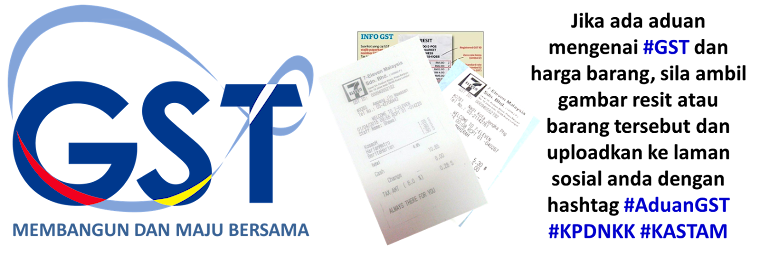Published: Saturday October 26, 2013 MYT 12:00:00 AM
Updated: Saturday October 26, 2013 MYT 9:10:26 AM
The goods and services tax (GST) will replace the sales and services tax (SST). The rationale to introduce the GST is aimed at streamlining the present tax structure to make it more tax efficient, effective, transparent and business friendly.
The GST is aimed at simplifying the current consumption tax system by improving equity, reducing the number of separate taxes and broaden the revenue base.
Through the GST, the shortcomings of the SST will be addressed. The GST will be more socially equitable and economically efficient as it will be levied on consumption, not investment or profits of businesses.
Furthermore, the GST will broaden the tax base, enhance compliance and increase revenue collection for the Government. It will also protect the welfare of low-income and vulnerable groups as well as promote prudent spending among the people.
Among the benefits of the GST system is a fair and more transparent deal for consumers as they see the tax paid in the transaction.
It also distributes the burden of taxes to a larger section of the population leading to reduction in the cost of goods and services as businesses can claim input tax credits from the Government.
The private sector will benefit as well, as it is a transparent and neutral tax system as competing forms of economic activity are taxed in the same way. While exports of goods and services will be zero-rated, making local products and services more competitive in global markets.
This also encourages tourism as tourists would be entitled to a tax refund on goods and services purchased from participating retailers through the Tourist Refund Scheme.
Compliance costs in administering the GST is also lower as it is a streamlined tax system.
The GST is also a self-enforcing system, making avoidance difficult due to the input tax crediting mechanism.
It is anticipated that this GST system would address the shortcomings of the SST system.
Some of the key weaknesses of the SST system include the cascading effect due to multiple taxes. This can happen when two separate tax systems at times result in a cascading effect where an item may be taxed twice.
For instance, food and beverage that are subject to sales tax, if sold again by a licensee such as an operator of a hotel or restaurant are taxed a further 6% in the form of service taxes.
The service tax is, therefore, imposed on items that have already been taxed under the sales regime.


No comments:
Post a Comment